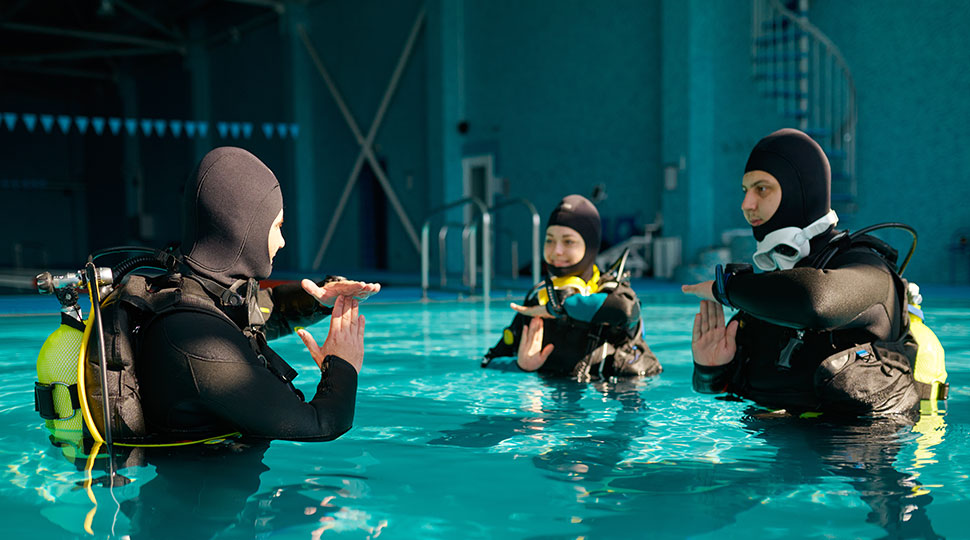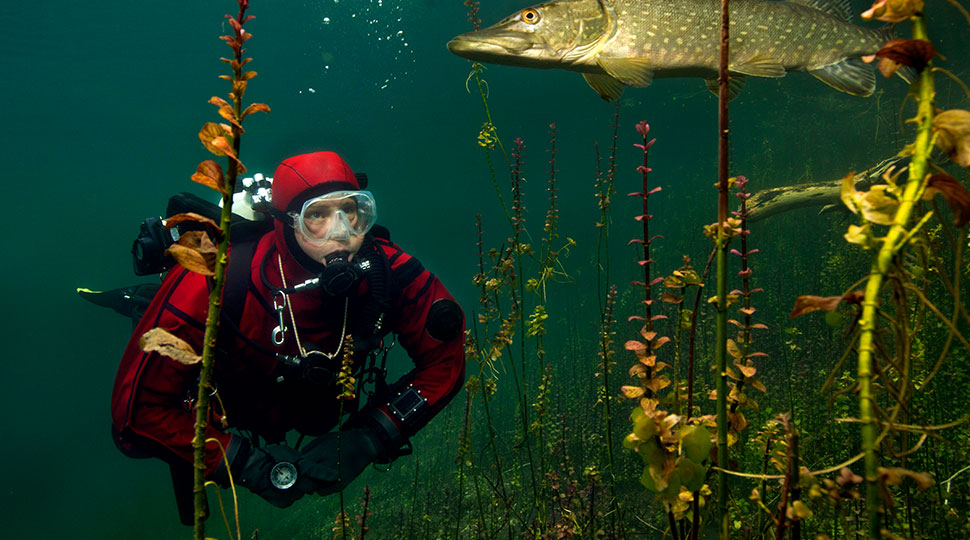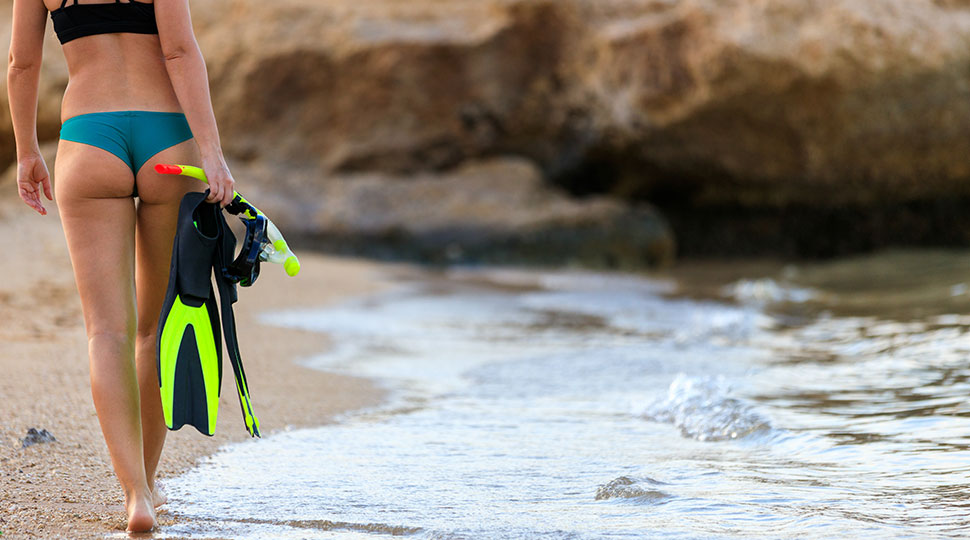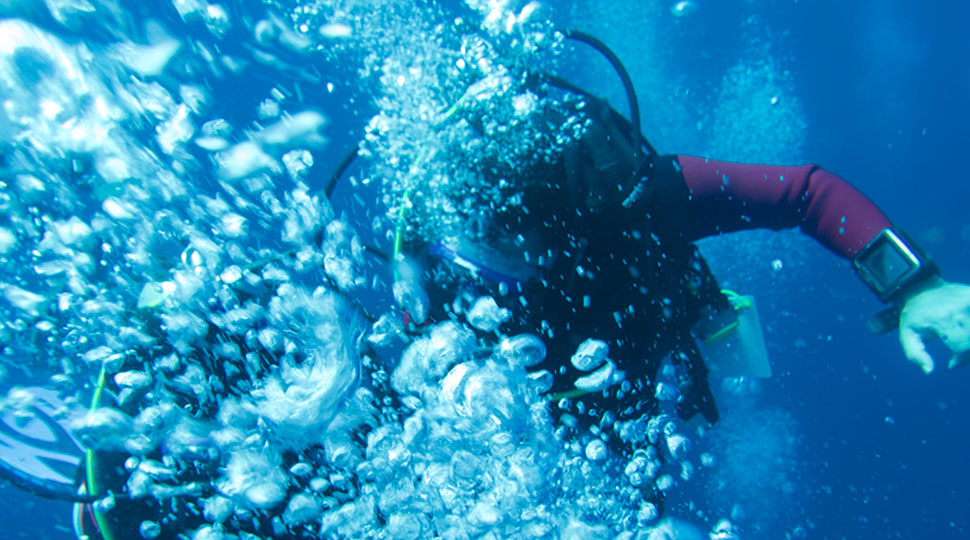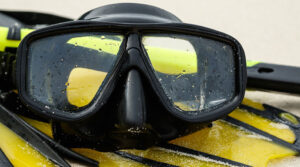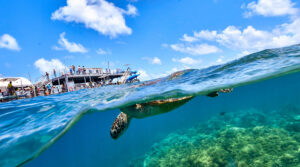Ocean exploration myths are rampant in popular culture, perpetuating inaccurate depictions of the ocean’s depths and the scientists who explore them.
These myths often feature fantastical and unrealistic portrayals of ocean exploration, which can be misleading and damaging to the public’s understanding of this complex and fascinating field. From James Cameron’s “The Abyss” to Wes Anderson’s “The Life Aquatic,” movies and TV shows have long explored the depths of our planet’s oceans, but how accurate are these depictions?
It’s time to separate fact from fiction and set the record straight on ocean exploration myths.
Ocean Exploration Myths: Separating Fact from Fiction
Ocean exploration myths abound in popular culture, perpetuating inaccurate depictions of the ocean’s depths and the scientists who explore them.
These myths often feature fantastical and unrealistic portrayals of ocean exploration, which can be misleading and damaging to the public’s understanding of this complex and fascinating field.
From James Cameron’s “The Abyss” to Wes Anderson’s “The Life Aquatic,” movies and TV shows have long explored the depths of our planet’s oceans, but how accurate are these depictions?
One of the most iconic ocean exploration scenes is from Wes Anderson’s “The Life Aquatic.” In this film, Steve Zissou (played by Bill Murray) embarks on a quest to find the shark that killed his father. The scene shows Zissou and his crew descending into the depths of the ocean in a submersible vessel, surrounded by an eerie darkness punctuated only by the faint glow of bioluminescent creatures. But how realistic is this depiction?
In reality, reaching such extreme depths with current technology is highly unlikely. While submersibles have been used to explore the ocean floor, they are typically limited to depths of around 20,000 feet (6,000 meters).
The pressure at such great depths would crush most vessels, and even if a submersible could withstand it, the darkness would be almost total, with only faint glows from bioluminescent creatures like those seen in “The Life Aquatic” to light the way.
This myth-busting exercise is not meant to disparage the creative efforts of filmmakers, but rather to separate fact from fiction and provide a more accurate understanding of ocean exploration. By doing so, we can foster a deeper appreciation for the incredible work being done by scientists and researchers, and inspire a new generation of explorers to continue pushing the boundaries of what’s possible.
Another ocean exploration myth is perpetuated by films like “Deep Blue Sea.”
In this sci-fi thriller, genetically engineered super-intelligent sharks wreak havoc on a research facility. While the idea of creating such intelligent creatures may seem intriguing, it’s purely fictional. Sharks have been around for millions of years and have evolved to be incredibly efficient predators, but they are not capable of complex thought or problem-solving.
In reality, scientists have made significant strides in understanding shark behavior and ecology, but we’re still far from being able to genetically engineer them to become super-intelligent. In fact, the idea of creating such creatures is often met with skepticism by the scientific community, who recognize the potential risks and unintended consequences of playing with nature.
Ocean exploration is a complex and multifaceted field, encompassing everything from marine biology to geology to physics. It requires a deep understanding of the ocean’s ecosystems, as well as the latest advances in technology and engineering.
By exploring the realities of ocean exploration, we can gain a deeper appreciation for the incredible work being done by scientists and researchers, and inspire a new generation of explorers to continue pushing the boundaries of what’s possible.
In recent years, there has been a surge of interest in ocean exploration, driven in part by advances in technology and the growing recognition of the ocean’s importance to our planet’s ecosystem. From the discovery of new species to the exploration of shipwrecks, ocean exploration is a field that is constantly evolving and expanding our understanding of the world around us.
Through separating fact from fiction and exploring the realities of ocean exploration, we can foster a deeper appreciation for the incredible work being done by scientists and researchers, and inspire a new generation of explorers to continue pushing the boundaries of what’s possible. Whether it’s through documentaries, films, or books, accurate depictions of ocean exploration can play a critical role in promoting a greater understanding of this complex and fascinating field.
Unveiling the Realities of Ocean Exploration
When we think of ocean exploration, we often conjure up images of swashbuckling adventurers, state-of-the-art submersibles, and groundbreaking discoveries. While these romanticized depictions can be thrilling, they often gloss over the harsh realities of exploring the ocean’s depths.
In reality, ocean exploration is a painstaking process that requires patience, dedication, and cutting-edge technology.
For scientists, ocean exploration is a complex and multifaceted field that encompasses everything from marine biology to geology to physics. It’s a field that demands a deep understanding of the ocean’s ecosystems, as well as the latest advances in technology and engineering.
Submersibles, for example, are just one tool in their arsenal, used to explore areas inaccessible to humans. Remotely operated vehicles (ROVs) are another key component, allowing researchers to collect data and samples from the ocean floor without putting themselves at risk.
But even with these advanced technologies, ocean exploration is a challenging and often grueling process. Researchers must contend with extreme pressure, darkness, and limited resources, all while trying to make sense of the vast and complex ecosystems they’re studying. The ocean is a hostile environment, with temperatures near freezing, crushing pressures, and a lack of light that makes it difficult to navigate.
It’s a testament to human ingenuity that we’ve made as much progress as we have, but there’s still so much to learn.
Despite these challenges, scientists continue to push the boundaries of what’s possible. They’re driven by a sense of wonder, a desire to uncover the secrets of the ocean, and a passion for discovery. From the discovery of new species to the exploration of shipwrecks, ocean exploration is a field that is constantly evolving and expanding our understanding of the world around us.
In recent years, there has been a surge of interest in ocean exploration, driven in part by advances in technology and the growing recognition of the ocean’s importance to our planet’s ecosystem. From the development of autonomous underwater vehicles (AUVs) to the use of artificial intelligence in ocean research, scientists are leveraging the latest technologies to explore the ocean in ways that were previously impossible.
As we continue to explore the ocean, we’re reminded of the importance of accurate depictions in popular culture.
Showcasing the challenges and triumphs of ocean exploration in a realistic light, filmmakers and writers can help foster a sense of wonder and curiosity in their audiences. They can inspire people to learn more about the ocean and its many mysteries, and to appreciate the incredible work being done by scientists and researchers.
In the end, ocean exploration is a complex and multifaceted field that requires patience, dedication, and cutting-edge technology. It’s a field that is driven by a sense of wonder, a desire to uncover the secrets of the ocean, and a passion for discovery.
Exploring the realities of ocean exploration, we can gain a deeper appreciation for the incredible work being done by scientists and researchers, and inspire a new generation of explorers to continue pushing the boundaries of what’s possible.
The Power of Accurate Depictions: Why Ocean Exploration Myths Matter
Ocean exploration myths abound in popular culture, perpetuating inaccurate and often fantastical depictions of the ocean’s depths and the scientists who explore them. But why does it matter if these myths are perpetuated in movies, TV shows, and other forms of media?
The answer lies in the impact that these depictions can have on our understanding and appreciation of the incredible work being done by scientists and researchers.
When audiences are presented with inaccurate depictions of ocean exploration, they may assume that’s what real-life ocean exploration is like – and that can be damaging. It can lead to a lack of understanding and appreciation for the incredible work being done by scientists and researchers, who are pushing the boundaries of what’s possible and expanding our knowledge of the ocean.
Moreover, it can also perpetuate misconceptions and stereotypes about the ocean and its inhabitants, which can have far-reaching consequences.
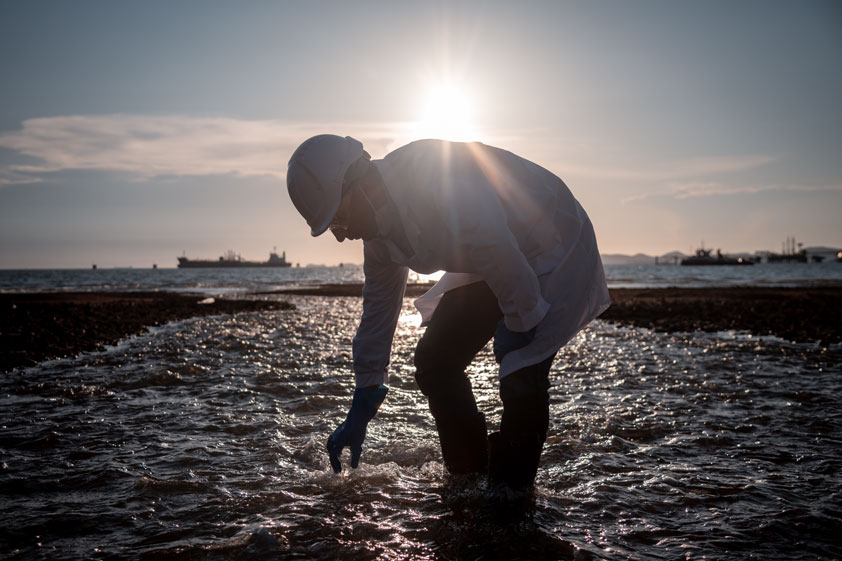
On the other hand, accurate depictions of ocean exploration can inspire people to learn more about the ocean and its many mysteries. Showcasing the challenges and triumphs of ocean exploration in a realistic light, filmmakers can help foster a sense of wonder and curiosity in their audiences.
This can lead to a greater appreciation for the ocean and its importance to our planet’s ecosystem, as well as a greater understanding of the incredible work being done by scientists and researchers.
Accurate depictions of ocean exploration can also help to promote a greater sense of respect and stewardship for the ocean. Presenting the ocean as a complex and fragile ecosystem that requires our care and attention, filmmakers can help to raise awareness about the importance of ocean conservation and the need to protect the ocean’s resources.
The importance of accurate depictions of ocean exploration cannot be overstated. Presenting the ocean and its exploration in a realistic and accurate light, filmmakers can help to promote a greater understanding and appreciation of the incredible work being done by scientists and researchers.
They can also help to inspire a sense of wonder and curiosity in their audiences, and promote a greater sense of respect and stewardship for the ocean.
The Safety Stop
Ocean exploration myths may abound on the big screen, but it’s up to us to separate fact from fiction. By exploring the realities of ocean exploration, we can gain a deeper appreciation for the incredible work being done by scientists and researchers.
And who knows – maybe one day we’ll have the technology to explore the depths of the ocean like Steve Zissou in “The Life Aquatic.”
Until then, let’s keep pushing the boundaries of what’s possible and inspiring others to do the same.

